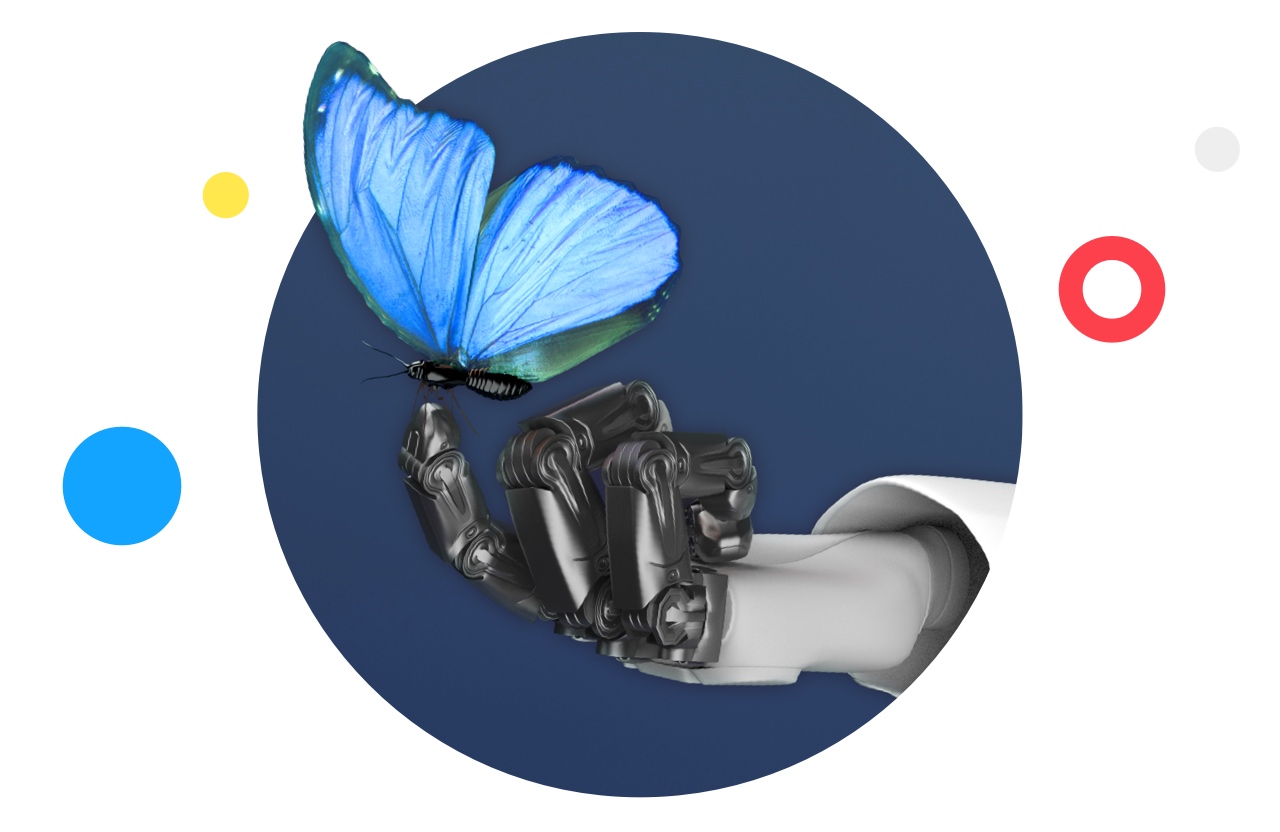What issue can we solve for you?
Type in your prompt above or try one of these suggestions
Suggested Prompt


Insights
How to Develop Your Business’s Muscle of Continuous Change
How to Develop Your Business’s Muscle of Continuous Change
What does your company do? Today, the answer needs to be bigger than a specific product or service. The answer is having a true purpose, a reason for being. Having a purpose drives longevity, gives your business a reason to exist past the next waves of change. And while that purpose may remain consistent, the products or services it calls for decidedly will not. So what gives you the ability to change when you need to? And how do you know that ability will always be there?
The solution to both is being digital at the core.
Here then, are the five capabilities you need to put digital at the core of your business:
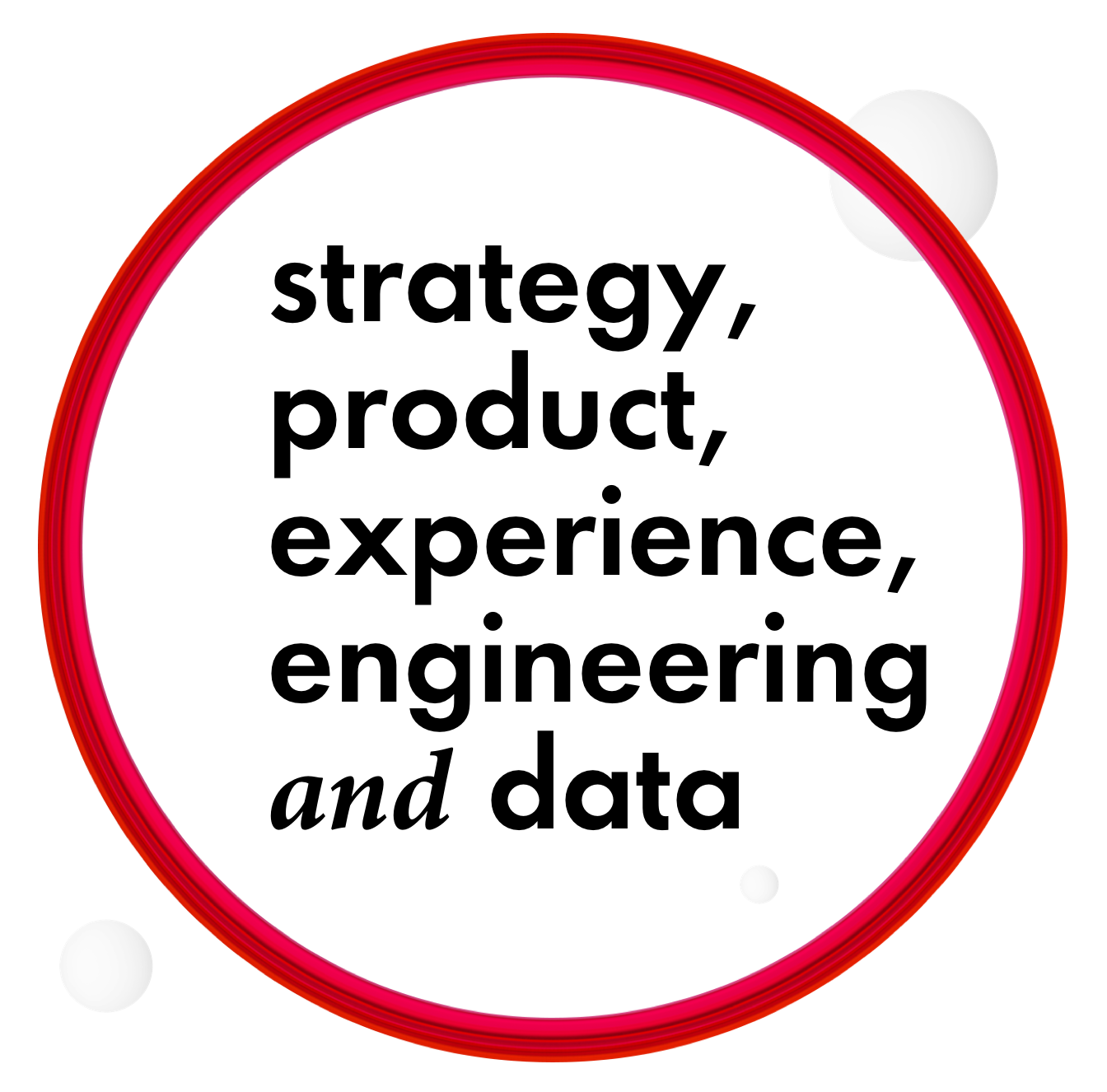
Each business’s path to transformation will be unique, but these five capabilities will enable it to identify and realize value — at a pace that matches the change happening around it. Let’s take a look at each one.
"What’s particularly challenging for established businesses is that acquiring technological capabilities alone will not be sufficient to create the kind of moats you see surround the most successful digital companies. The competitive advantage of digital companies comes from their integrated set of capabilities, what they are able to create with those capabilities, and the cultural principles that underpin the systems that create their outputs."
Nigel Vaz , Chief Executive Officer

Strategy
Develops and tests hypotheses on priority value pools that are in line with a business’s purpose.
This is the capability that connects the business’s purpose directly to the solutions it can create in customers’ lives. What is the product? Where is there a market for it? What's the business model to deliver it? Strategy sets the goals and then partners with the other capabilities to reach them. Through pilots and testing, strategy stays involved in the process. It determines the feasibility of building, scaling and taking new products or services to market.
A transformation strategy is a portfolio of moves, and businesses have three routes they can take. Often, a series of bets can help de-risk the overall portfolio while creating space for innovation:
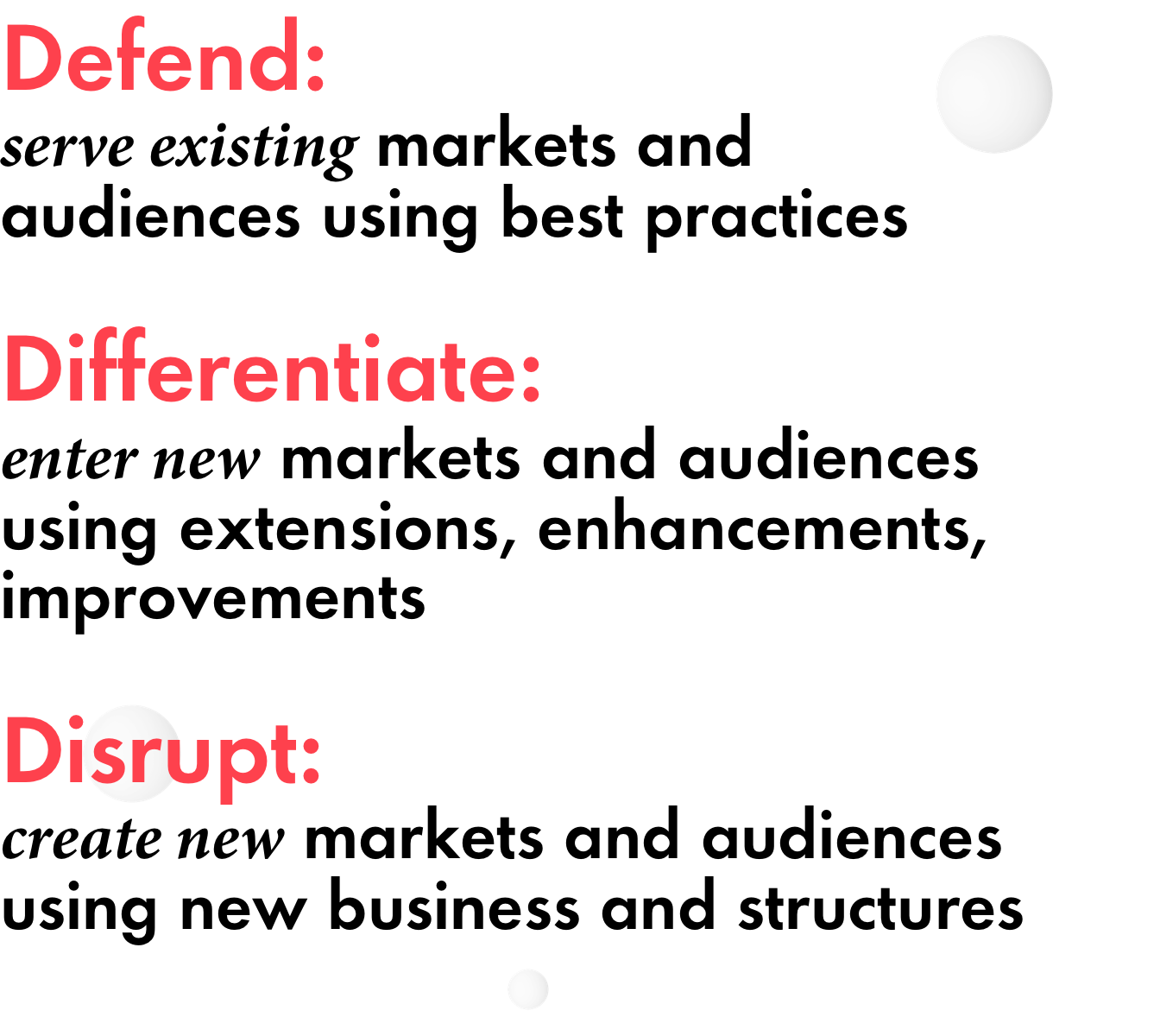
Strategy is also where you identify the right partners—partners are crucial to creating the most value for both the customer and the company. An ecosystem of the right partners gives you access to customers, more insights and visibility, and talent and capabilities. Because in these times, it’s nearly impossible for a business to hold all the capabilities it needs.
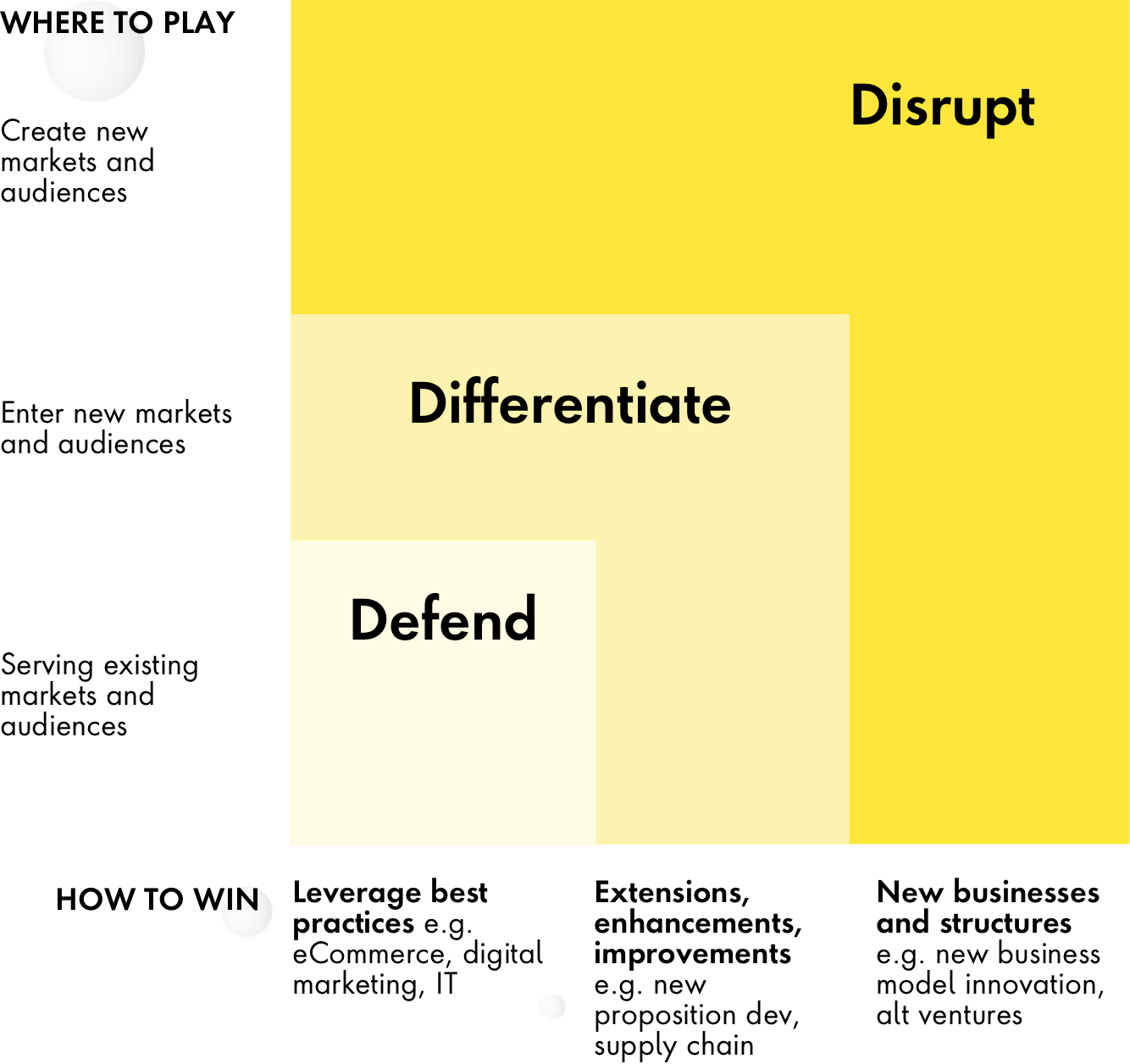

Product
Evolves new products and services at pace and scale
Product is the glue, bringing all the capabilities together in service of the customer. Products are defined and designed collaboratively with the interests of the brand, interests of the consumer and continuous innovation baked in. It's about solving problems, not implementing features. And risks are tackled up front, rather than at the end.
Product management flips project management on its head—rather than using the three restraint factors of time, cost and scope, product management uses speed, quality and value. Product iterates, tests, learns and operates in continuous development. Every business is different, and the key is to find the delivery methodology that works for each business. The methodology has to drive value consistently, with quality, over and over again.
- Agile method: Consists of cross-functional teams, working in a way that’s inclusive of change and uncertainty in the development process.
- Lean method: Optimizes and reduces waste so that teams, resources, energy, and efforts can be more focused on creating the right outcomes. It’s about getting to the place where your capabilities are working concurrently and collaboratively.
- DevOps method: Directly addresses organizational silos and blockers, so companies can produce software faster, with higher quality. It creates stronger collaboration between software development and IT ops.

Experience
Creates value for customers
Every time a customer’s expectations are exceeded, the bar gets raised. Experience not only changes what a business produces, but how fast it can produce and evolve it. Experience tries to create value throughout the entire customer journey, which means it must cross organizational silos. It’s multi-disciplinary and bridges the gap between strategy and the rest of capabilities.
Experience can’t just be focused on the front-end, though—everything that customers see and interact with is controlled or informed by internal functions. So the way the customer experience works has to be connected with the way those internal functions work. Today, data, data systems, AI and machine learning gives experience designers the ability to move at a faster pace, while using computation in their designs.
This is where the LEAD framework comes in. LEAD can help determine whether the experiences are of quality to the consumer. It does this through the lens of computation:

- Light: Speed, timeliness and responsiveness
- Ethical: Openness, honesty and transparency
- Accessible: Inclusivity, embraces diversity and is consistent across all touchpoints
- Dataful: Personalized interactions that anticipate audiences’ situations and needs

Engineering
Delivers on your promise, at pace, and at scale
In short, engineering’s role is to figure out what's possible through technology, and execute it. Then, it tests and refines based on customer needs. In the past, technology was primarily functional, used to drive efficiency. Now, tech is used to solve problems and create value by connecting the back end with the front end.
A modern engineering capability is built upon three factors: architecture, ways of working and talent. In each, it requires a shift in focus to product and value. How do you get there? Through the three methodologies mentioned above: agile, lean and DevOps.
Engineers of today have to be plugged into factors outside their field and more interactive with other capabilities than in the past. They need to be able to handle ambiguity in how various tech is applied to make a product or service work. They need to know the customer and have visibility into feedback loops. They need to work in multi-disciplinary, autonomous teams. And they need to work towards shorter cycles and continuous delivery.
This is where cloud comes in. Cloud can be viewed as a design component—how a company can create flexibility and agility within its systems architecture. The application of cloud evolves over time, though, so businesses need a clear vision for how to use cloud in the context of the products they’re creating and the value streams within them.

Data
Validates your hypotheses and finds insights for constant iteration
Data is an asset. To reach a competitive advantage, it’s a must-have, a non-negotiable. It feeds every other capability area and enables high levels of computation. The holy grail is to create data that can be used to optimize multiple business functions and offerings. To not only drive a better customer experience, but to innovate new products and services, and to run operations more effectively.
There are four lenses through which companies should view data:
Utility: Get useful data. That means getting the right data sets on the right audience. With the right data, a business will have enough inputs to make predictive components of machine learning valuable.
- Data architecture: Puts the data into anaccessible format and structure.
- Customer data platform: The central “hub” for data. Each individual data source plugs into a central source that can scale the customer data across the entire business, via cloud.
Data science and AI: The data science team partners with other capabilities to take the understanding of the customer,in any given use case,from conscious incompetence to conscious competence. Then, AI will take this to unconscious competence, which creates a generative loop where each capability reinforces the other.
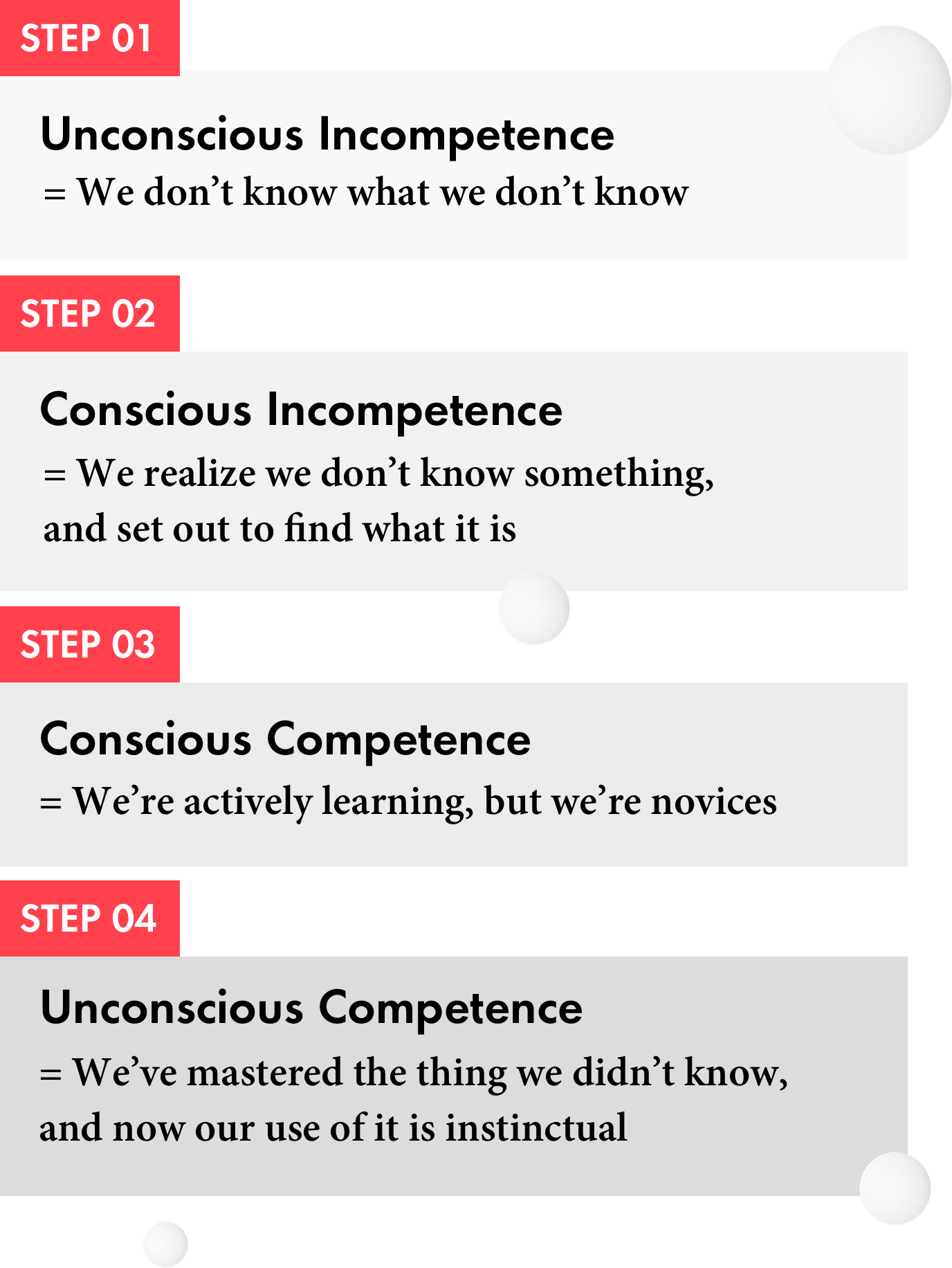
Designing for data: Great experiences both use and gather data. Data should be part of the design process, in order to create a mechanism that continues to feed your algorithms.
Ethics: It’s crucial to understand the ethical implications of collecting all this data, and use it only for a purpose the customer has allowed. Companies really must be thoughtful in how they approach data and digital strategy. It needs to be in line with the values of the company, to preserve trust not only with customers, but employees. The end goal is to create a clear exchange of value for the data they give you access to.
All five of these capabilities will evolve over time, but together they give a digital organization its identity: what products, services and experiences it’s able to create, and the cultural principles that comprise it. The products and services they help create should be continuously optimized, and new opportunities should be constantly explored. The capabilities’ work is never done. In this way, no matter what products or services your business needs to fulfill its purpose, you’ll have the flexibility to provide them, by being digital at the core.
"Long gone are the days when a company’s primary orientation to technology and digital can be thought of from a cost perspective. As assets, they are part and parcel of how you create value for your customers and in the market."
Nigel Vaz , Chief Executive Officer
Want to dig a little deeper into this topic?
Check out an excerpt of this WSJ and Washington Post best-seller. It’s the newest playbook on digital business transformation.

Digital Business Transformation Newsletter
Subscribe to exclusive transformation-focused trends and insights
Related Articles
-
![]()
Insight
The Key to Relevance
Read the four qualities you need to succeed in digital business transformation and remain ever-relevant as technology, the market and customer expectations evolve.
-
![]()
Case Studies
Reinventing Businesses — Then, Now and Next
We’ve helped businesses become and stay relevant by reinventing their categories with these digital firsts — and building in the flexibility to do it again and again.
-
![]()
HFS Market Vision Report
Publicis Sapient brings SPEED philosophy to digital business transformation
Unlocking new sources of value through digital innovation: a new report and videocast by groundbreaking analyst firm, HFS.





